Don't wanna be here? Send us removal request.
Text
“In a morbid condition of the brain, dreams often have a singular actuality, vividness, and extraordinary semblance of reality.”
— Fyodor Dostoyevsky, Crime and Punishment
689 notes
·
View notes
Text
Cold.
DAMN cold.
I don't care how this email finds you and I'm not sorry for how long it's taken me to send it
2K notes
·
View notes
Text
Done. Wish granted.
I will call it BATTLE PLAN.
Why call it a "Research Design" when you could call it a "battle plan" smh
84 notes
·
View notes
Text

Text: screenshot of a tweet that reads, "Fucked up that history professors are allowed to call 1789-1914 "the long 19th century" and yet somehow my paper is "late" because they wont accept 5 am as part of "long yesterday.""
519 notes
·
View notes
Text
Couldn't agree more.
Also PhD and PD periods are super hard on one's mental and physical capacities. There is huge instability. You're constantly expected to fight for having a funding in order to do your job but also live. That is insane. That is an inhumane system to continue. Nobody can be a genius under that kind of pressure. There is a reason of brain drain from academia.
96 notes
·
View notes
Text
Really hitting hard.
there’s happiness and then there’s realizing that a 26 page long article only has 10 pages of text and the rest is figures, references, and supplemental materials
1K notes
·
View notes
Text
Hehehehehe
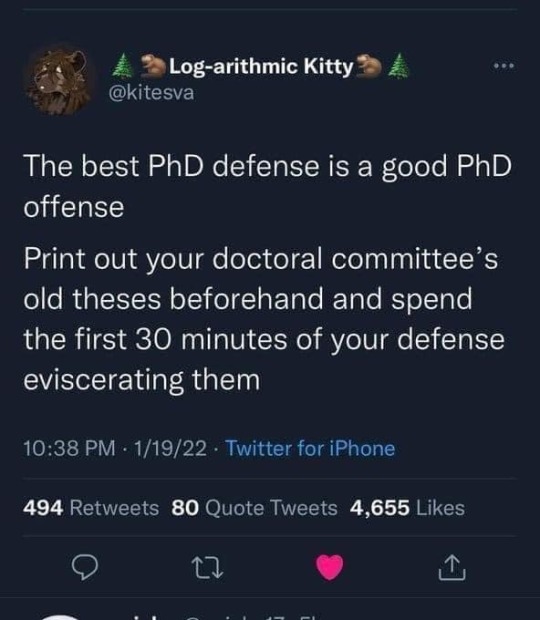
You think you can judge me???
6K notes
·
View notes
Text
How to ruin things like own experiments also. 😂
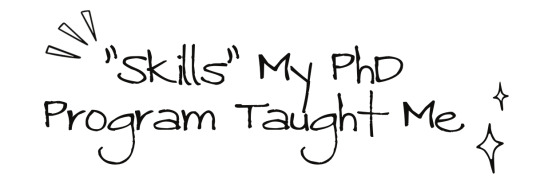
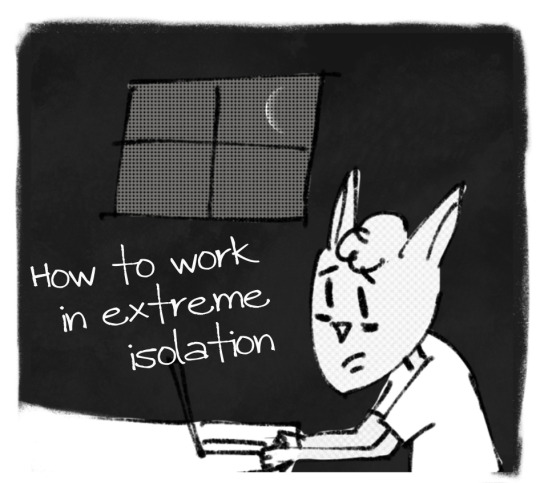

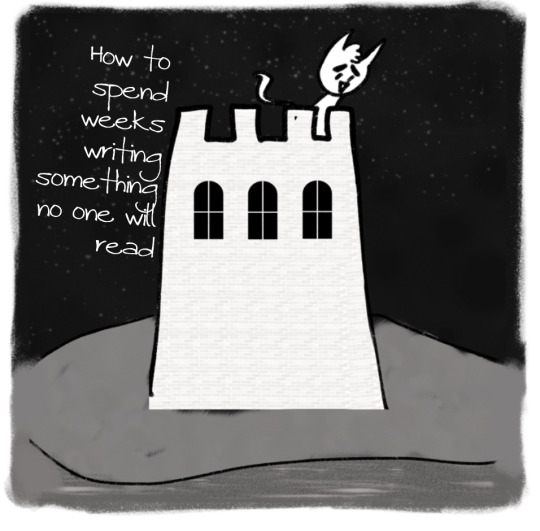
a short comic about all the highly useful transferable skills i have gained in 4 years of phd training
708 notes
·
View notes
Text

Love how Freud thinks the point of lectures is to impress people not communicate information- peak academia lol
2K notes
·
View notes
Text
Complement system
1. Activation: The complement system can be activated through three main pathways: the classical pathway, the alternative pathway, and the lectin pathway. Each pathway involves different initiating events but converges on a common cascade of reactions.
2. Cascade of Reactions: Once activated, the complement system triggers a cascade of enzymatic reactions that result in the cleavage of complement proteins. This cascade ultimately leads to the formation of several key components, including C3b, C4b, and C5b.
3. Opsonization: C3b and C4b are opsonins, which means they can bind to pathogens and label them for phagocytosis by immune cells like macrophages and neutrophils. This enhances the removal of pathogens from the body.
4. Inflammation: Complement activation also results in the release of small peptides called anaphylatoxins, such as C3a and C5a. These peptides promote inflammation by increasing blood vessel permeability and attracting immune cells to the site of infection.
5. Membrane Attack Complex (MAC): The final step of complement activation involves the assembly of the membrane attack complex (MAC). C5b, C6, C7, C8, and multiple C9 molecules come together to form the MAC, which can create pores in the membranes of target cells, leading to cell lysis and destruction of pathogens.
References:
1. Walport, M. J. (2001). Complement. First of two parts. New England Journal of Medicine, 344(14), 1058-1066.
2. Ricklin, D., Hajishengallis, G., Yang, K., & Lambris, J. D. (2010). Complement: a key system for immune surveillance and homeostasis. Nature Immunology, 11(9), 785-797.
3. Merle, N. S., Church, S. E., Fremeaux-Bacchi, V., & Roumenina, L. T. (2015). Complement system part I – molecular mechanisms of activation and regulation. Frontiers in Immunology, 6, 262.
Please note that for the most current and detailed medical information on the complement system, I recommend consulting recent textbooks or academic journals in immunology and microbiology.
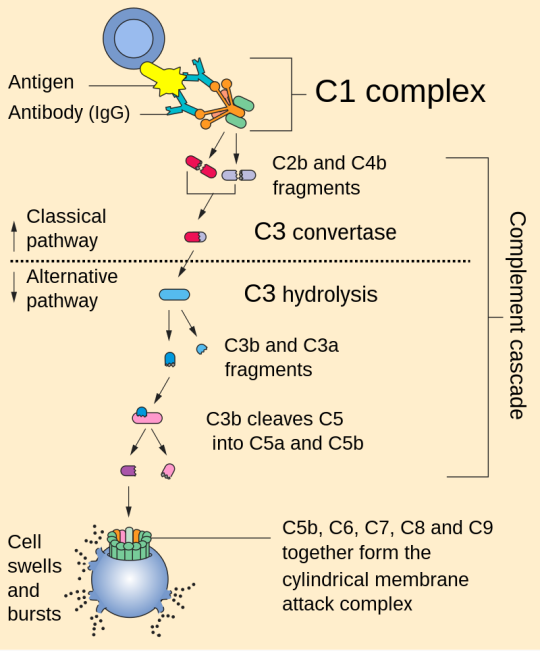
50 notes
·
View notes
Text
Inflammation
Soo, I realize I’ve went into waay too much detail pretty quickly, so today I’m gonna take a step back and look at what happens to everyone when they get a cut or splinter.

So, once this splinter gets into your big toe, what’s the first thing you notice?
Usually it’s pain - fast. This is first as it travels along nerves, and doesn’t rely on cells arriving and hormones acting etc.
Next up, you’ll notice that your toe will begin to get hot , go red and start to swell up. This swelling is due to loads of cells flooding to the damaged area, to help fight any invading microbes or repair your poor toe.
The heat and redness is due to your blood vessels widening to allow a greater flow to the damaged area, so more cells are carried there - much like when police cars/ambulances use another lane on a motorway when something happens.
Lastly, you’ll notice that you can’t move or bend your toe as much - a loss of function.
These are the five signs of inflammation, and are given scientific names:
Heat - Calor
Redness - Rubor
Pain - Dolor
Swelling - Tumor
Loss of Function - Functio Laesia
This is essentially inflammation. There are two types; Acute and Chronic. Acute occurs normally often, but chronic (persistent) inflammation is rarer, and suggests either failed acute inflammation or the presence of a pathogenic microbe.
7 notes
·
View notes
Text
Some more important Anatomy
So here I’m going to talk about a few of the more specialized tissues of the body involved in the immune system. I might go into too much detail, but bear with me.
So one of our major organs involved with our immune systems is the spleen. This organ filters our blood and removes many blood-borne antigens. The spleen is supplied blood by the splenic artery, and has no connection to the lymphatic system I have mentioned before, consisting of lymph nodes and lymphatic vessels.
The spleen has two main parts:
Red pulp: This part removes any used, old red blood cells (called erythrocytes)
White pulp: This part of the spleen contains many B and T cells (lymphocytes) and wraps around the splenic artery - i.e. it has lots of contact with the area where the blood-borne antigens will be entering the spleen. The area formed is known as the Peri-Arteriolar Lymphoid Sheath or PALS for short.
In summary, the spleen is much like the lymph nodes in that it contains many immune cells that can respond to antigens. These two anatomical features of the immune system do differ though, in that the spleen is in contact with the blood, and the lymph nodes are in direct contact with the lymphatic system.
13 notes
·
View notes
Video
Two neurons sensing each other and trying to connect
Credit: @rockatscientist
7K notes
·
View notes
Text
New research led by Queen's University Belfast has made a breakthrough in the field of microbiology, which could lead to the development of new treatments for people with compromised immune systems, such as those with cystic fibrosis. To conduct their study the researchers looked at the bacterium Achromobacter, which can cause chronic lung infection and tissue damage in the airways. The study reveals how this bacterium overcomes the body's immune defenses to multiply and continue to grow. The findings have been published in Cell Reports.
Continue Reading.
149 notes
·
View notes
Text
A colossal study has revealed a variation of a gene involved in an immune response has been secretly giving protection to the billions who carry it from Alzheimer's and Parkinson's disease. Known as DR4, the variant, or allele, is part of a family of genes that normally help our immune system pinpoint and destroy foreign invaders, like bacteria and viruses. "In an earlier study, we'd found that carrying the DR4 allele seemed to protect against Parkinson's disease," says psychiatrist and geneticist Emmanual Mignot from Stanford University in the US, the institution that led the study. But Alzheimer's and Parkinson's are distinct conditions with different pathological biomarkers in the brain – Lewy bodies for Parkinson's, and abnormal tangles of a protein called tau in Alzheimer's. Discovering DR4 as a common factor was astounding.
Continue Reading
557 notes
·
View notes
Text

Charles Bukowski, "cancer," from Come On In!
5K notes
·
View notes
Text
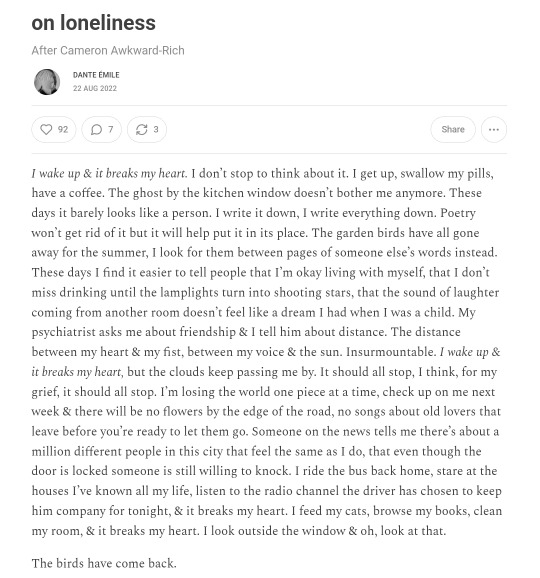
a lot of you know me for the "my psychiatrist asks me about friendship & i tell him about distance" excerpt but its been almost a year since i wrote it & the whole piece still resonates so i thought id share (x)
10K notes
·
View notes